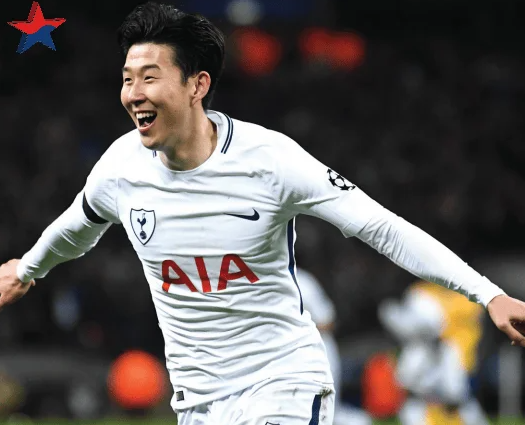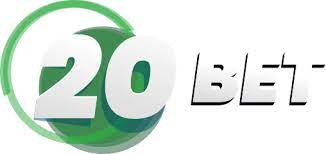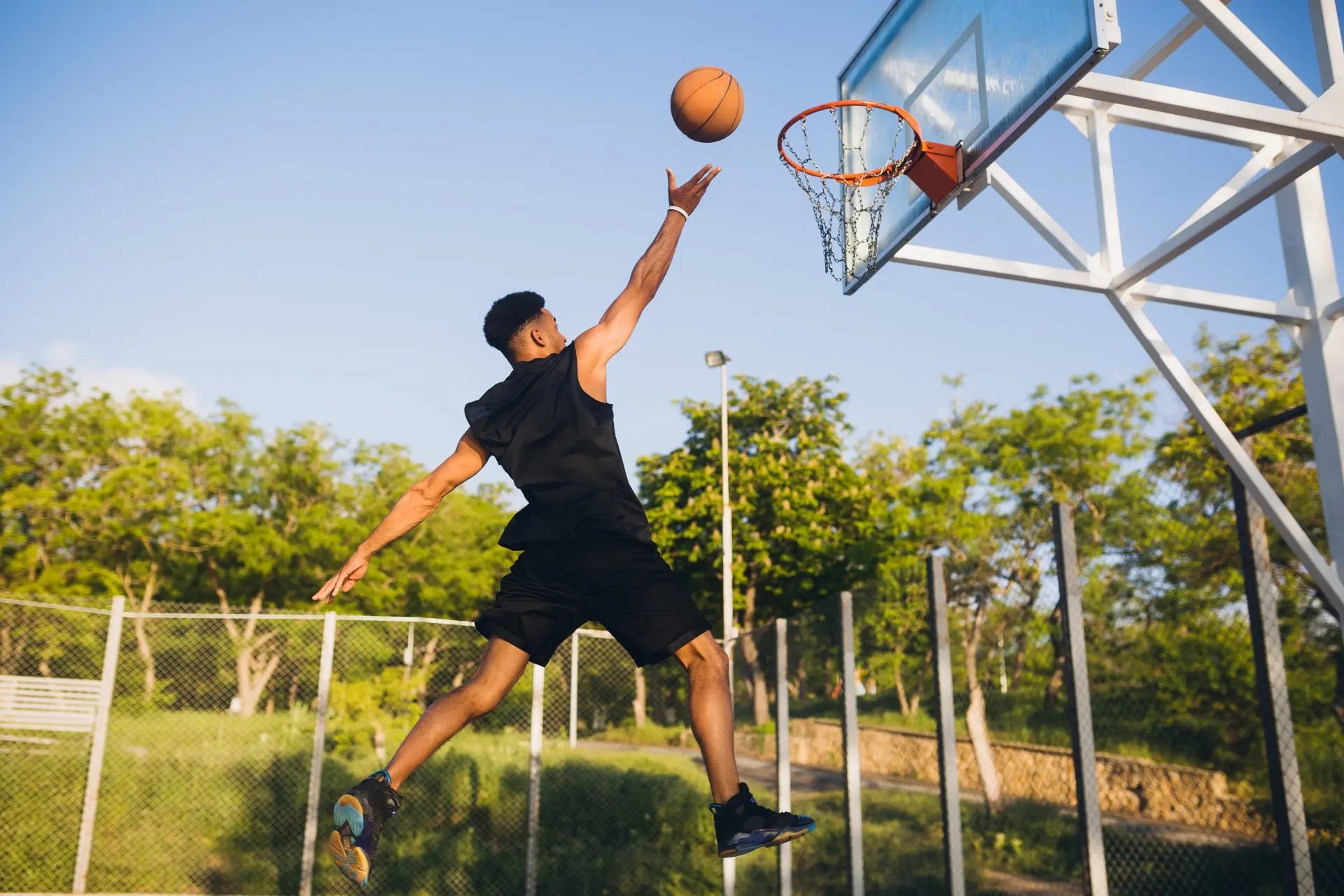A whiff of the polished court, the familiar bounce of the ball, the infectious energy of players, and the roaring cheers from fans; basketball is more than just a sport—it’s a passion, a lifestyle. Today, players and coaches continuously look for innovative training methods to enhance their gameplay.
Enter the face-off: rebounding net basketball versus the timeless classic drills. A pivotal question echoes in the basketball community: Which methods truly optimize training sessions? As we delve deeper into this discourse, we’ll explore the essence of both, aiming to provide you, the basketball player, with a clearer perspective. So, lace up those sneakers, and let’s jump right in.
Understanding Rebounding Nets
In basketball training, rebounding nets are increasingly gaining momentum. For those new to this term, picture this: a basketball rebounder system that acts as a silent, consistent partner on the court, tirelessly returning the ball to the shooter. Its primary goal? Enhancing players’ shooting prowess, honing rebounding skills, and refining hand-eye coordination.
These nets are more than static equipment—they simulate real-game scenarios, adjusting to different shot angles and speeds. Imagine having an uninterrupted session where every missed shot doesn’t translate to you chasing the ball but focusing solely on improving your next attempt. That’s the magic of rebounding net basketball.
Exploring Classic Drills
We are shifting our focus to the cherished classic drills—the bread and butter of basketball training. These are tried-and-true techniques passed down through generations, championed by game legends. From layup routines to zig-zag dribbling exercises, these drills emphasize fundamentals, ensuring a player’s foundation is rock-solid.
One could argue that the beauty of these drills lies in their adaptability. They cater to rookies and pros, adjusting complexity based on a player’s proficiency. They’re also pivotal in team-building, fostering coordination, understanding, and camaraderie amongst players. Classic drills are time-tested recipes for basketball excellence.
Pros and Cons of Rebounding Nets
Every coin has two sides, and the automatic basketball return system is no exception. Starting with the pros, these nets provide instant feedback. Miss a shot, and the ball returns, urging you to try again. Their versatility is commendable. Whether you’re practicing free throws or three-pointers, they adjust accordingly. And for those who prefer solitude in their training, rebounding nets are a boon, allowing for focused individual practice sessions. However, on the flip side, they demand a spacious setup.
And while they offer varied rebound angles, they can’t entirely replicate the unpredictability of an actual game. Moreover, premium quality nets often come with a hefty price tag, which might deter enthusiasts on a budget. But with careful consideration and research, one can certainly find a basketball rebounder that offers value for money.
Pros and Cons of Classic Drills
Venturing into the realm of classic drills, their merits are plentiful. They’ve shaped legends, sculpted rookies into seasoned players, and been the backbone of countless training sessions. Classic drills instill discipline, promote teamwork, and offer many variations to avoid monotony. But they aren’t devoid of limitations.
They might seem repetitive, especially if not interspersed with other training techniques. Additionally, they might not always simulate high-pressure, real-game situations, making transitioning from practice to game challenging for some. Another aspect is a significant dependency on a competent coach or trainer, for these drills might lose their efficacy without proper guidance.
Evaluating Your Training Goals
When you first start playing basketball, it’s important to develop a training plan that will help you improve your skills and progress as a player. However, your training plan must evolve as you continue to play and grow to ensure you’re still working towards your goals. To find the perfect fit for your basketball training, it’s important to evaluate your training goals regularly.
One of the first things you need to consider when evaluating your training goals is your level of play. If you’re a beginner, your goals should be focused on developing the game’s basic skills. However, if you’re an experienced player, your goals should be focused on refining your skills and becoming a more complete player.
Another thing to consider when evaluating your training goals is your short-term and long-term goals. While it’s important to have short-term goals that you can focus on and achieve in the immediate future, it’s also important to have long-term goals that will keep you motivated in the long run. Setting short-term and long-term goals ensures that your training always works towards your ultimate basketball goals.
Combining Rebounding Nets and Classic Drills
Basketball training usually involves many running and jumping drills, but sometimes, you must switch things up to keep your players motivated. Rebounding nets are a great way to add fun and variety to your drills and can help improve your team’s rebounding skills.
One great drill to use with rebound nets is the three-man weave. This drill is designed to simulate game-like conditions and help your players learn to work together as a team. You’ll need three rebound nets and three players to set up the drill. The first player starts at the baseline and dribbles to the first net. They then pass the ball to the second player, who dribbles to the next net and passes to the third player. The third player then dribbles to the last net and passes back to the first player. The first player then dribbles to the basket and scores.
This drill can be made more challenging by having the second and third players set up screens for the first player. This will help your players learn how to use screens to their advantage and make it more difficult for the defense to stop them.
Choosing the Right Approach
There is no one-size-fits-all answer when choosing the right approach to basketball training. The best way to find the perfect fit for your needs is to consult a professional trainer and assess your goals. That said, a few general tips can help you choose the right training approach for your needs.
First, consider what you hope to achieve from your training. Are you looking to improve your shooting accuracy? Build up your stamina for running the court? Or add strength and power to your dunks? You can narrow down your options once you’ve identified your primary goals.
Next, take into account your skill level and experience. If you’re a beginner, you’ll want to look for training exercises with a basketball passing machine that are simpler and easier to learn. On the other hand, if you’re more experienced, you can afford to push yourself with more challenging drills.
Conclusion
In the riveting world of basketball, the quest for perfection is eternal. Whether you champion the modern rebounding net basketball system or have an unwavering allegiance to classic drills, the endgame remains the same: elevating your game. So, as you pivot, shoot, pass, and score, remember that every training choice, every drill, every shot is a chapter in your unique basketball story. We urge you to explore, learn, and savor the game. And as you embark on this journey, we’d love to hear your tales, insights, and questions. After all, basketball is not just a game—it’s a conversation. Let’s keep it going!





